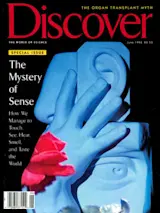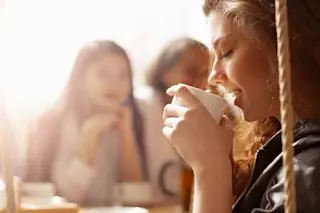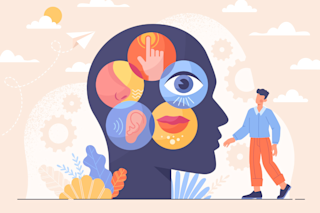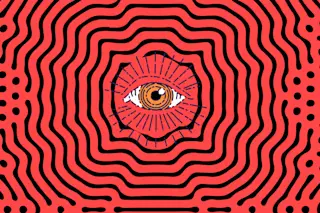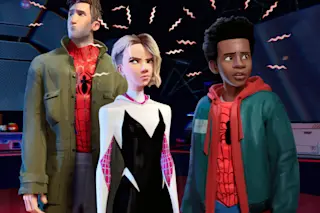Ten years ago, Fred Aryee almost lost his life in a storm at sea. When an enormous swell hit the tuna boat on which he served as engineer, a falling beam crushed his right arm. The boat was five days from land. His crew mates managed to stem the loss of blood and keep him alive until they reached shore, but it was too late to save the limb.
A decade later Aryee sits in a chair, stripped to the waist. The physical flesh of his right arm below the elbow has long since ceased to exist. The physical flesh of Aryee’s brain, however, has yet to be convinced of that fact.
See if you can reach out and grab this cup in your right hand, says neuroscientist Vilayanur Ramachandran, head of the Brain and Perception Laboratory at the University of California at San Diego. Aryee gestures with his stump ...


